25.06.01
Abstract of patent no. 10059098.5 dated 28.11.200 in relation to submitted
“Secure MultiMediaCard Specification”
Instruction for command transfers
The patent concerns a instruction for command transfers with a command-
sending-unit with a sending-interface and a command-receiver-unit with a
receiver-interface. The command is transferred block by block via a transfer-
way from the command-sending-unit to the command-receiver-unit. The length
of a block is fixed and if a command exceeds the maximum length of a block,
the command is dismountable in several blocks by the sending-interface.
The above mentioned type of command transfer is often applied and the
maximum block length is fixed in a transfer record. Besides the command or a
command number, there are often the length of a command argument, the
command argument itself , as well as several checkbits stated, to monitor a duly
transmission. Such a block is supplemented by a startbit at the blockbeginning
and a stopbit at the blockend.
Regarding MultimediaCards, the standardised commands are limited to a length
of 48 bit, of which 6 bits belong to the Command-Index/Command-Number, and
32 bits to the Command-Argument. This is why commands with an argument
longer than 32 bits, are difficult to transfer and the number of possible
commands is limited to 64 respectively 6 bit.
There are two generic commands regarding the MultiMediaCard, which enable
the transmission of non-standardised commands. The command „APP_CMD“
submits the transmission of a new user-defined command, which has to have the
same structure and length as the standard commands. Additionally, the
command „ GEN_CMD“ permits the transfer of a non-standardised command
but this is done via data-line. The command itself has to be transferred within
one block with a limited length.
So the task of this invention is, to set up a instruction for command transfers to
transmit commands with any desired length easily. The speed hereby, should be
high. Using this invention´s type of command transfer, one could transmit
commands with any length, without using a data channel. As there exists a
simple possibility to state, whether the command has been concluded or further
commands will follow, one could avoid disadvantages through speed.
Munich, 22.06.01 Otto Winkler
�
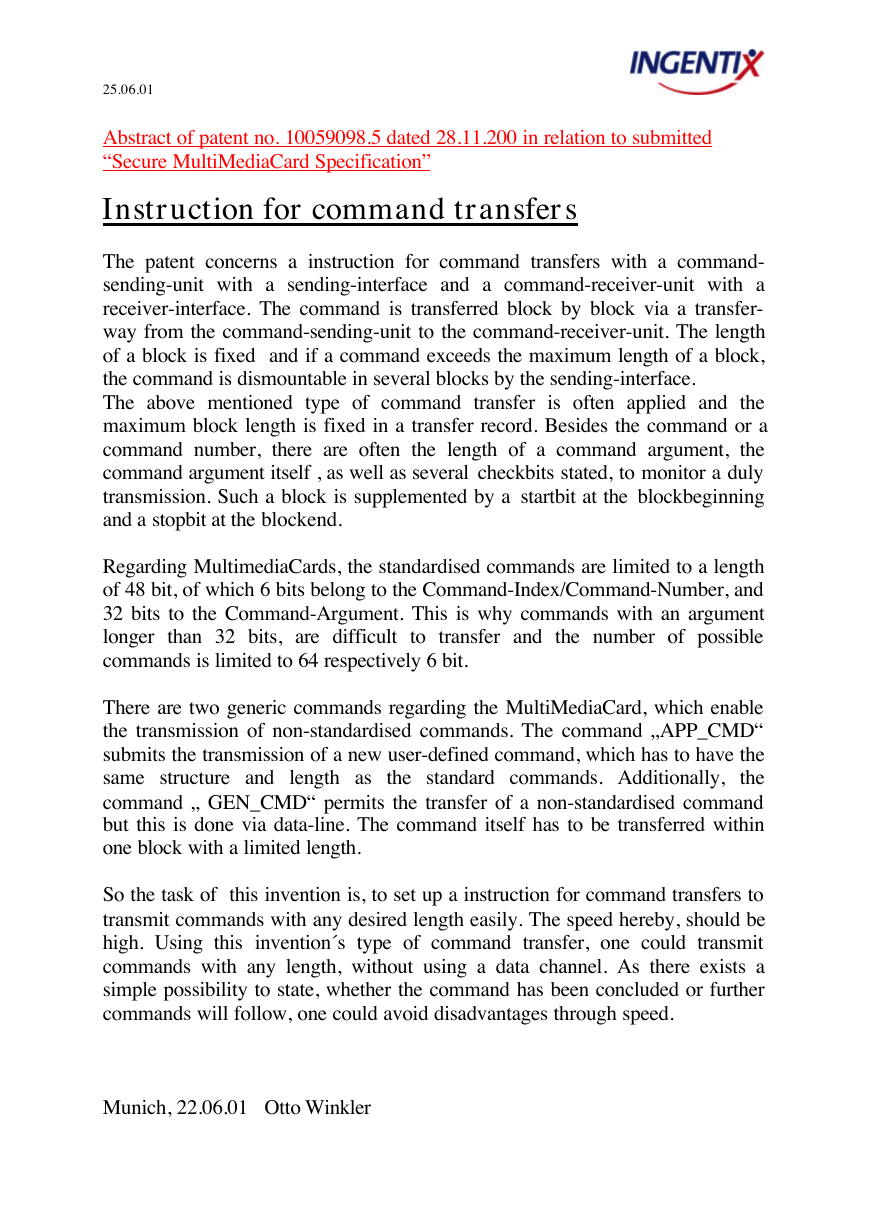

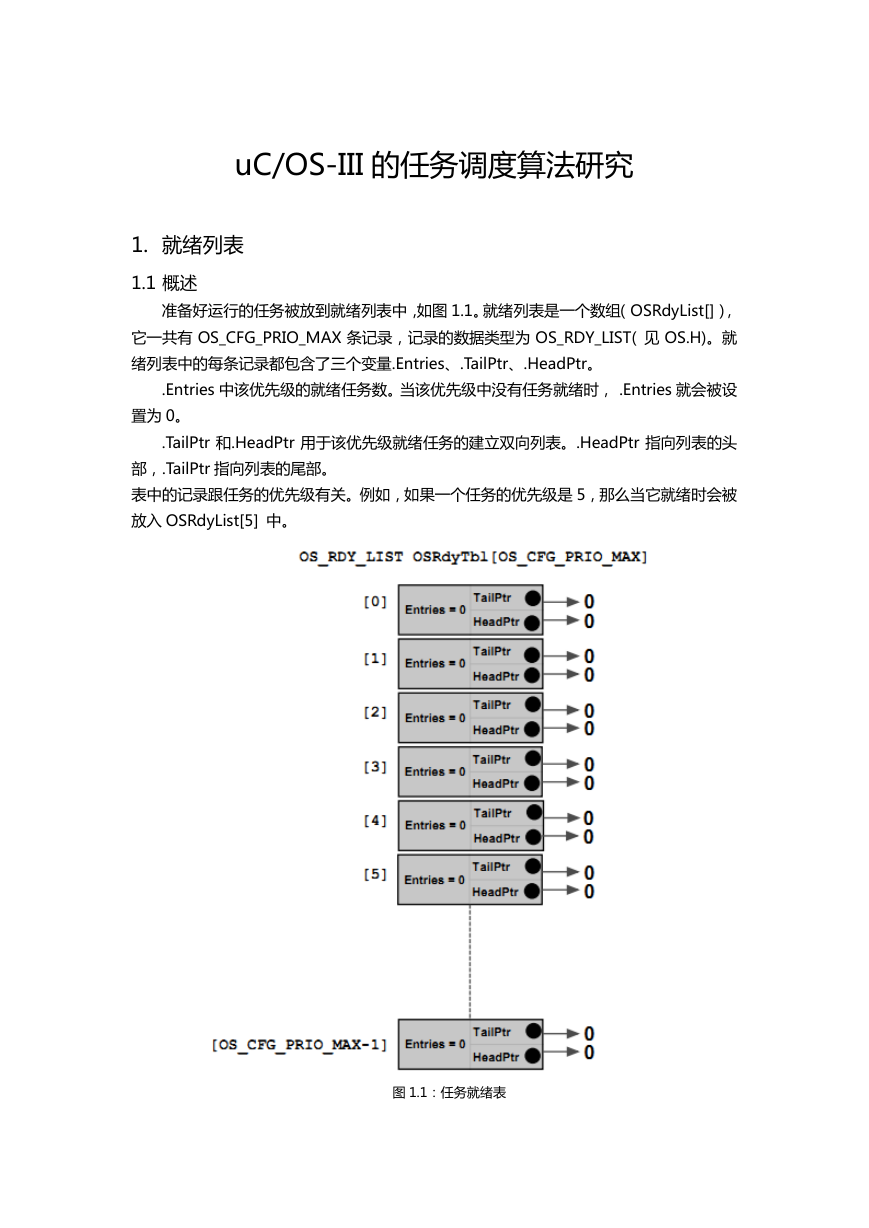 uCOS-III的任务调度算法研究.pdf
uCOS-III的任务调度算法研究.pdf STM32F103x8B_DS_CH_V10(7STM32中文数据手册).pdf
STM32F103x8B_DS_CH_V10(7STM32中文数据手册).pdf FX2N系列PLC培训教程.pdf
FX2N系列PLC培训教程.pdf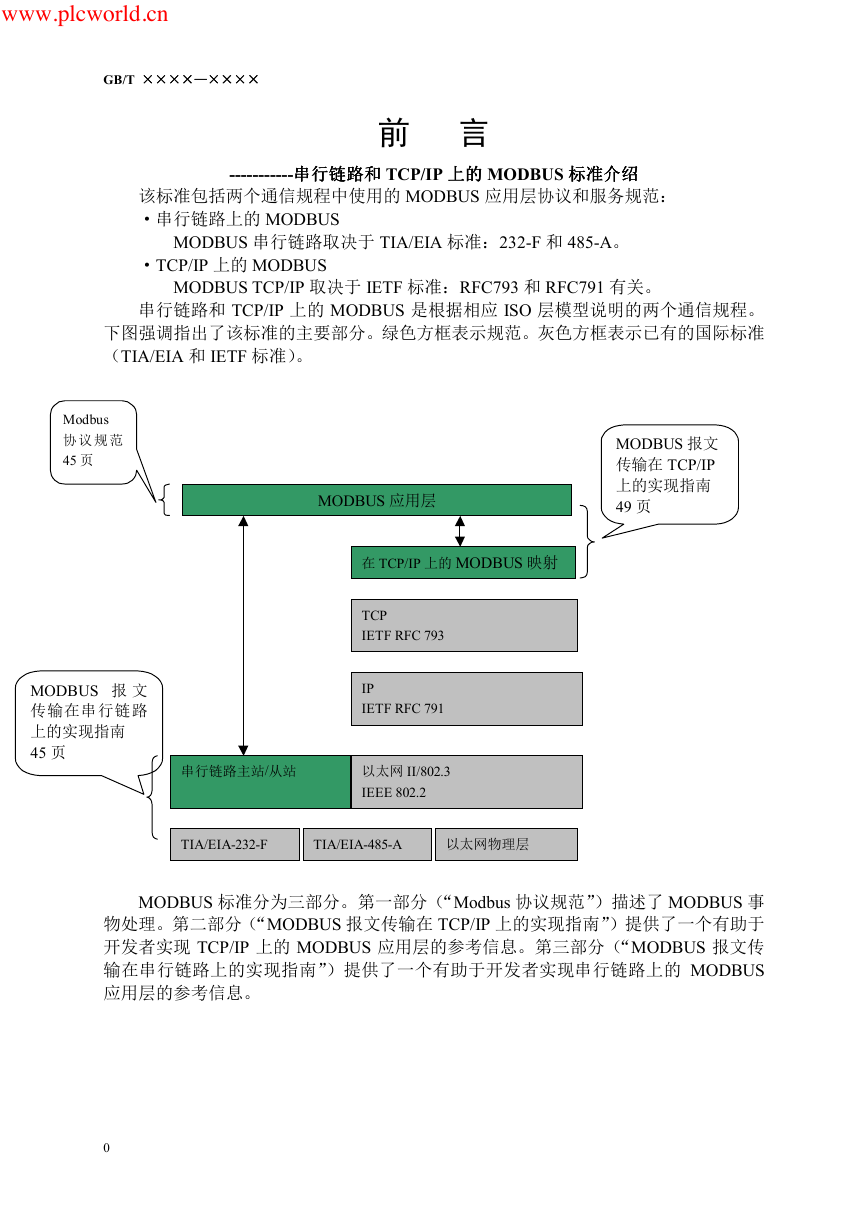 Modbus协议资料.pdf
Modbus协议资料.pdf WM8978中文资料(芯片资料).doc
WM8978中文资料(芯片资料).doc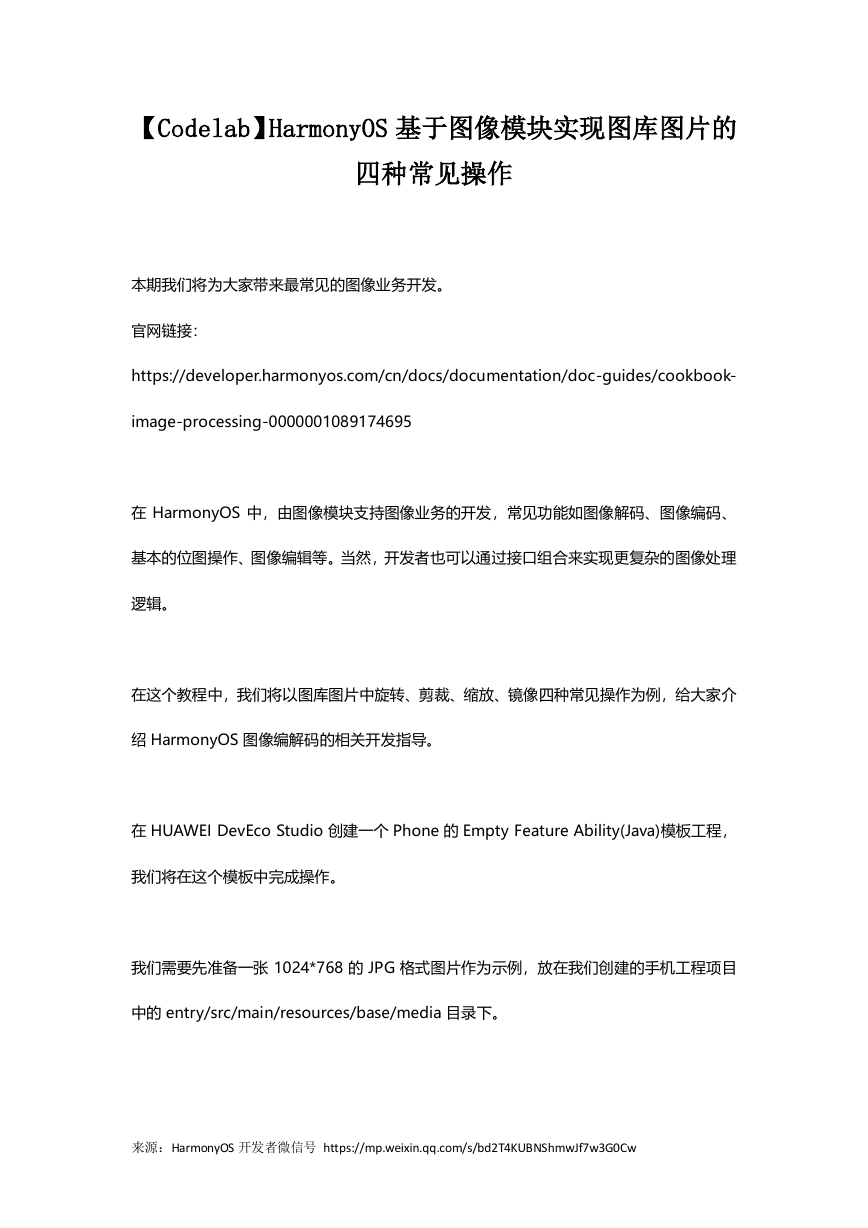 5-1.【Codelab】HarmonyOS基于图像模块实现图库图片的四种常见操作.pdf
5-1.【Codelab】HarmonyOS基于图像模块实现图库图片的四种常见操作.pdf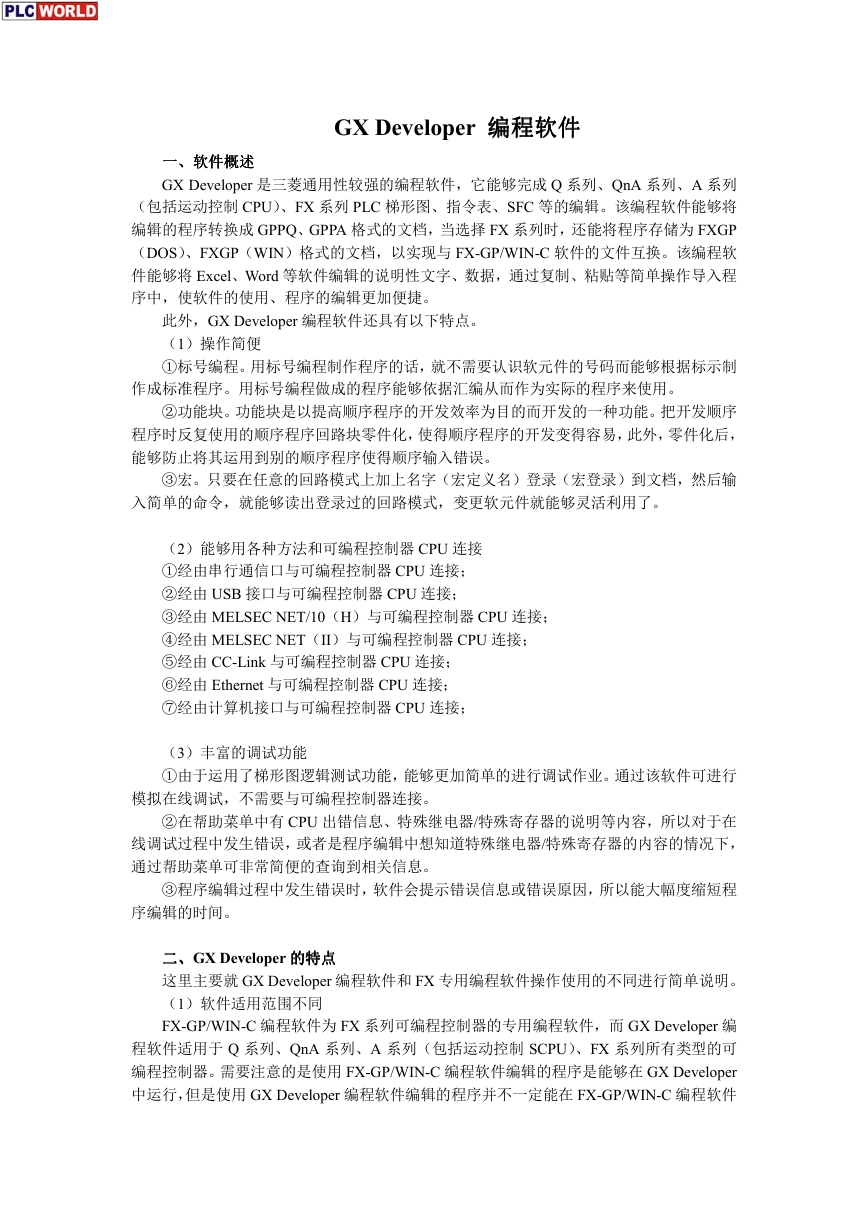 GX Developer 编程软件使用说明.pdf
GX Developer 编程软件使用说明.pdf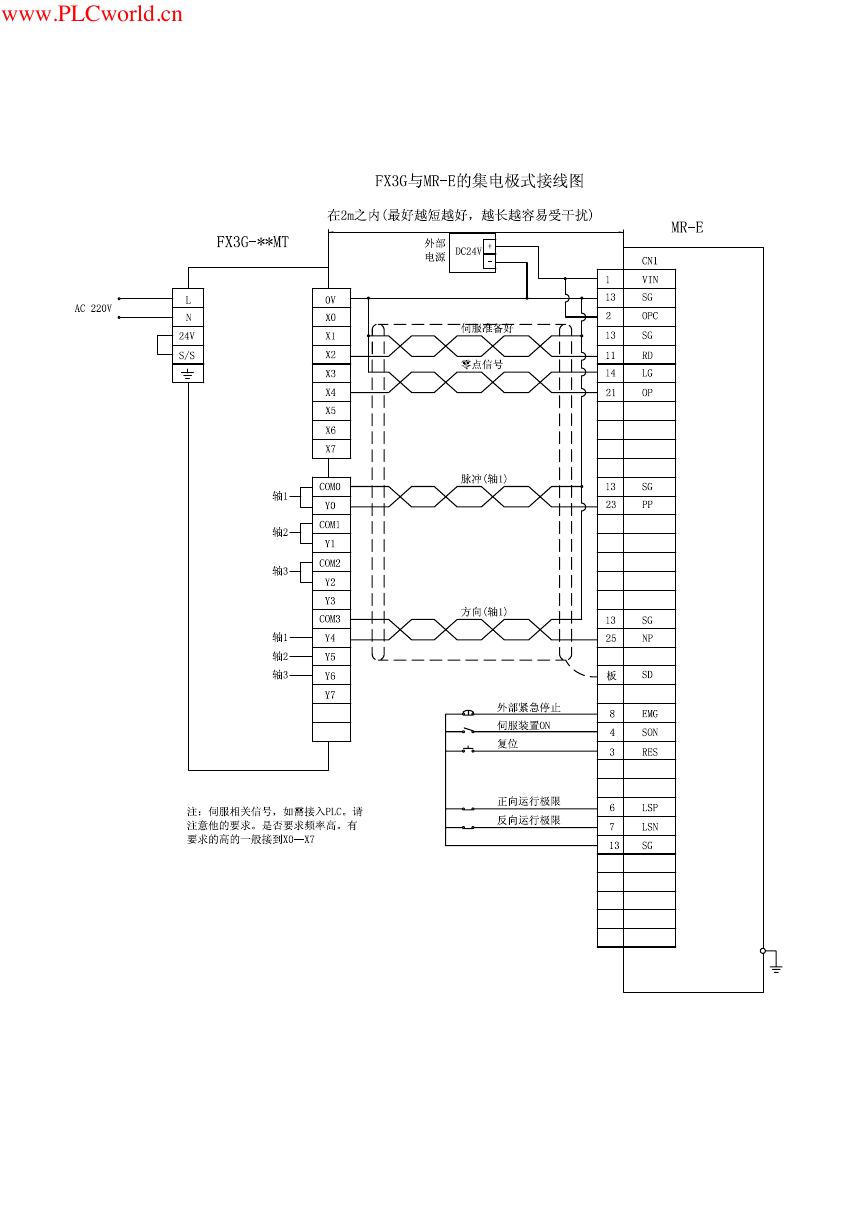 MR-E伺服与FX3G接线图.pdf
MR-E伺服与FX3G接线图.pdf ATK-NEO-6M GPS模块常见问题汇总_201400721.pdf
ATK-NEO-6M GPS模块常见问题汇总_201400721.pdf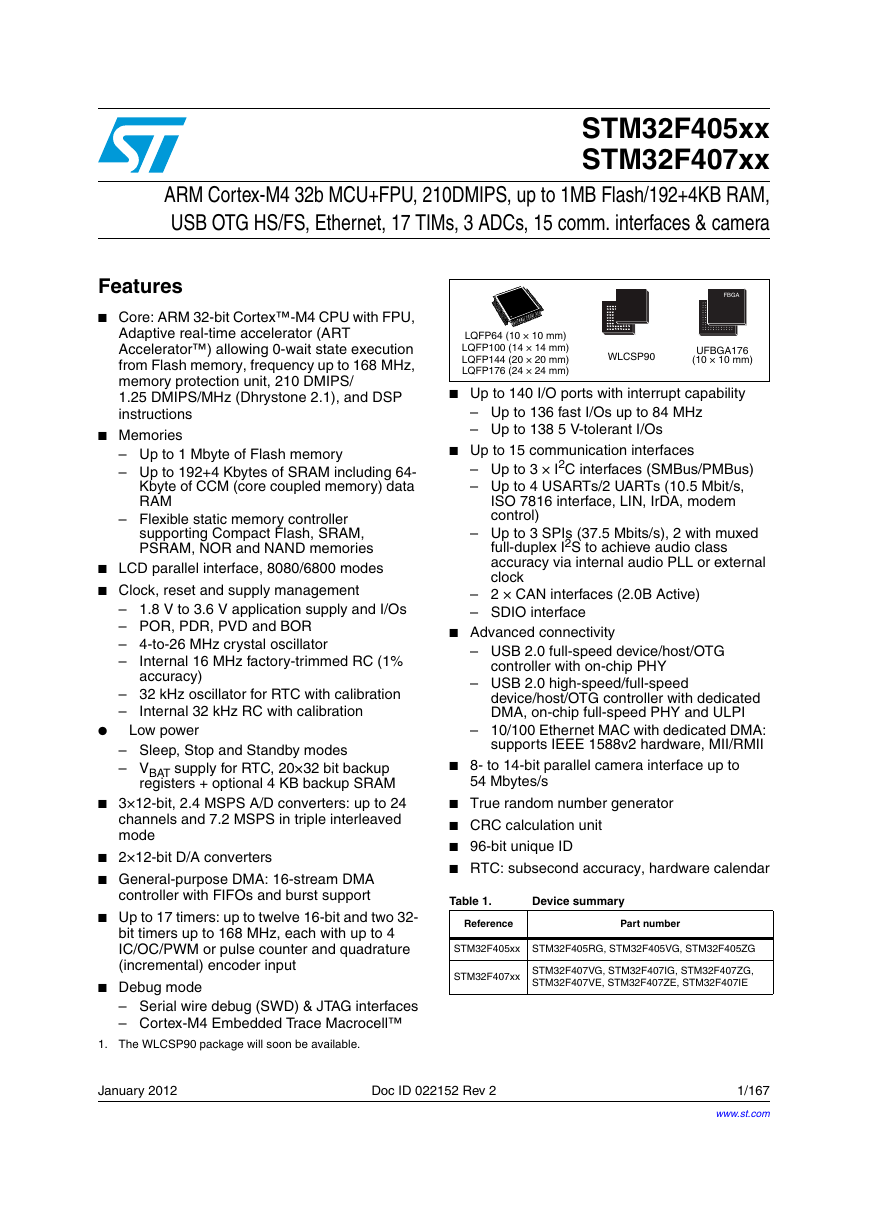 STM32F407ZGT6(芯片资料).pdf
STM32F407ZGT6(芯片资料).pdf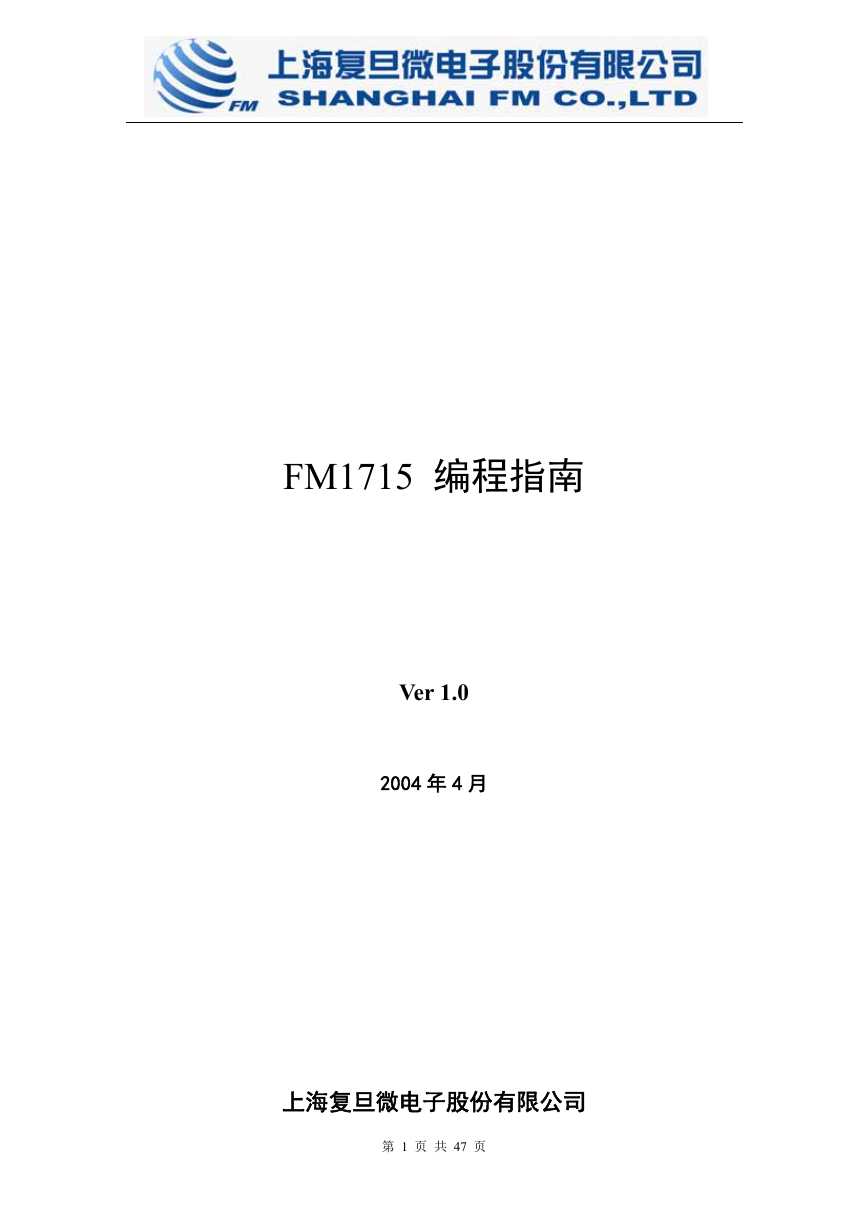 FM1715编程指南.pdf
FM1715编程指南.pdf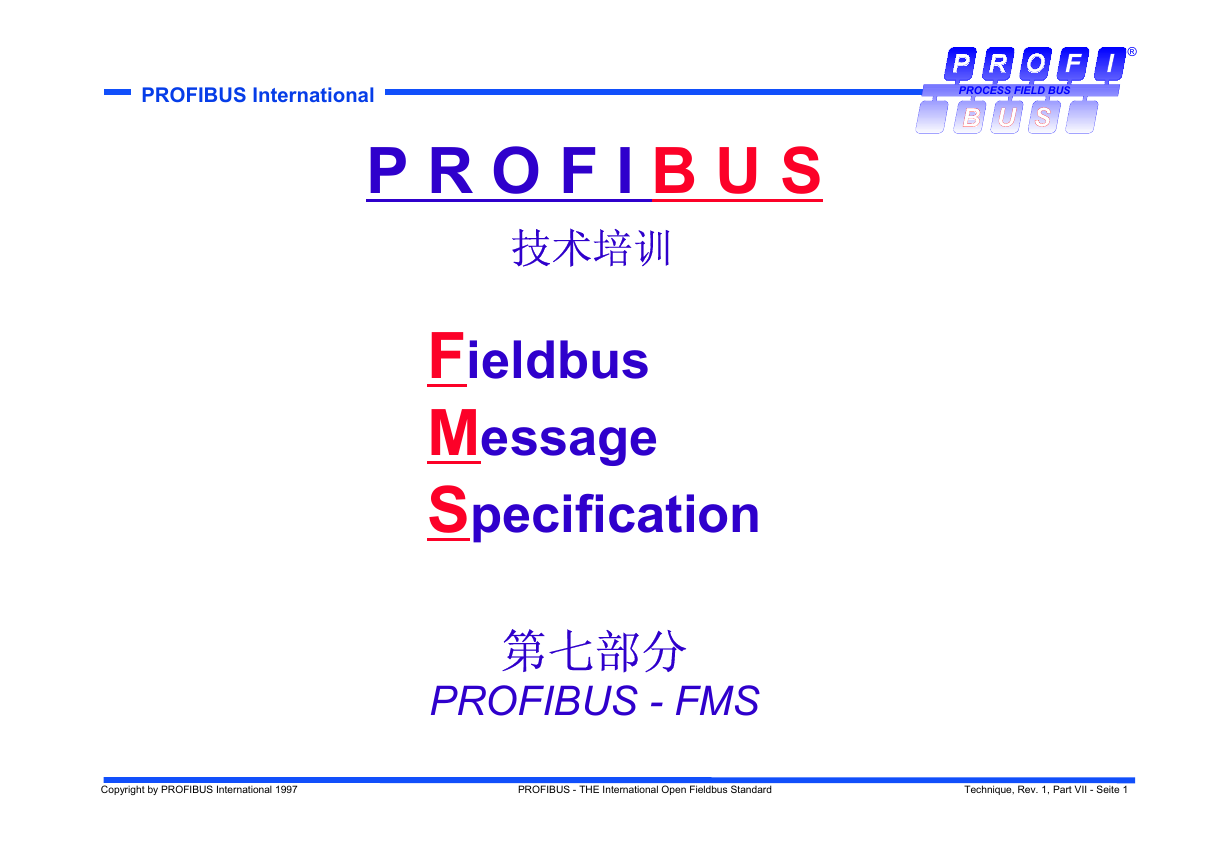 Profibus教程-7.PROFIBUS-FMS.pdf
Profibus教程-7.PROFIBUS-FMS.pdf